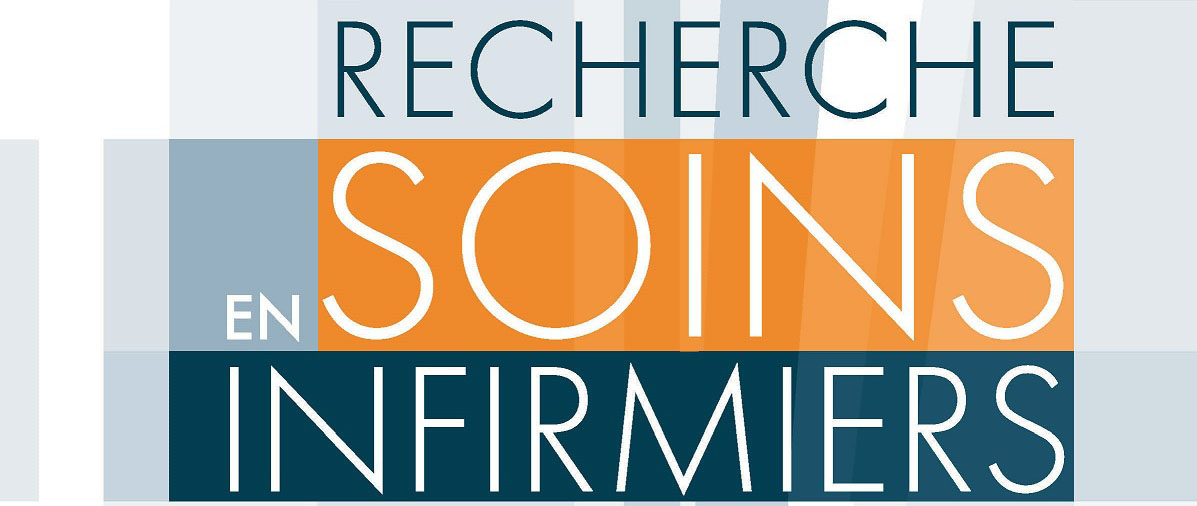What a tracheostomy changes in a child with a neuromuscular disease
Introduction: The severe course of certain early onset neuromuscular disorders may lead to a child being given a tracheostomy, a step that parents dread. Previous publications report that families in this situation face particular difficulties and need to develop new strategies of organization and adaptation in order to cope with the new life situation. Objectives: The aim of this study is to identify, from the mother’s point of view, what changes a tracheostomy brings about for the child and his/her family. Method: A qualitative study using semi-structured interviews was carried out on the mothers of tracheostomized children suffering from a severe neuromuscular disorder. Results: The study revealed four main consequences: tracheostomy immediately led to a feeling of security for the mother; the need for a ventilator increased daily difficulties in daily living, particularly for social activities; the tracheostomy increased social stigmatization; and finally, tracheostomy requires parents to be specifically trained to be able to perform a high level of paramedic care, which leads to a lack of autonomy and is a burden for caregivers. Conclusion: Whenever respiratory insufficiency becomes very severe and there is no ventilatory autonomy, the main disadvantage of a tracheostomy, synonymous with life, is that it requires handling different machines, which presents significant difficulty in daily life. In the transition before and after the tracheotomy, the nurse plays a key role in developing the healthcare role of the parents.
